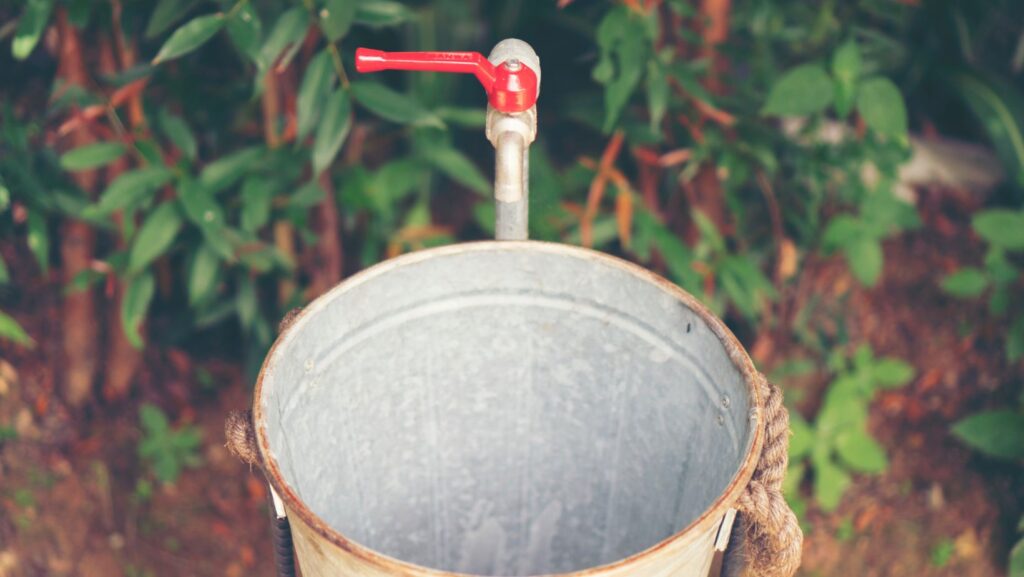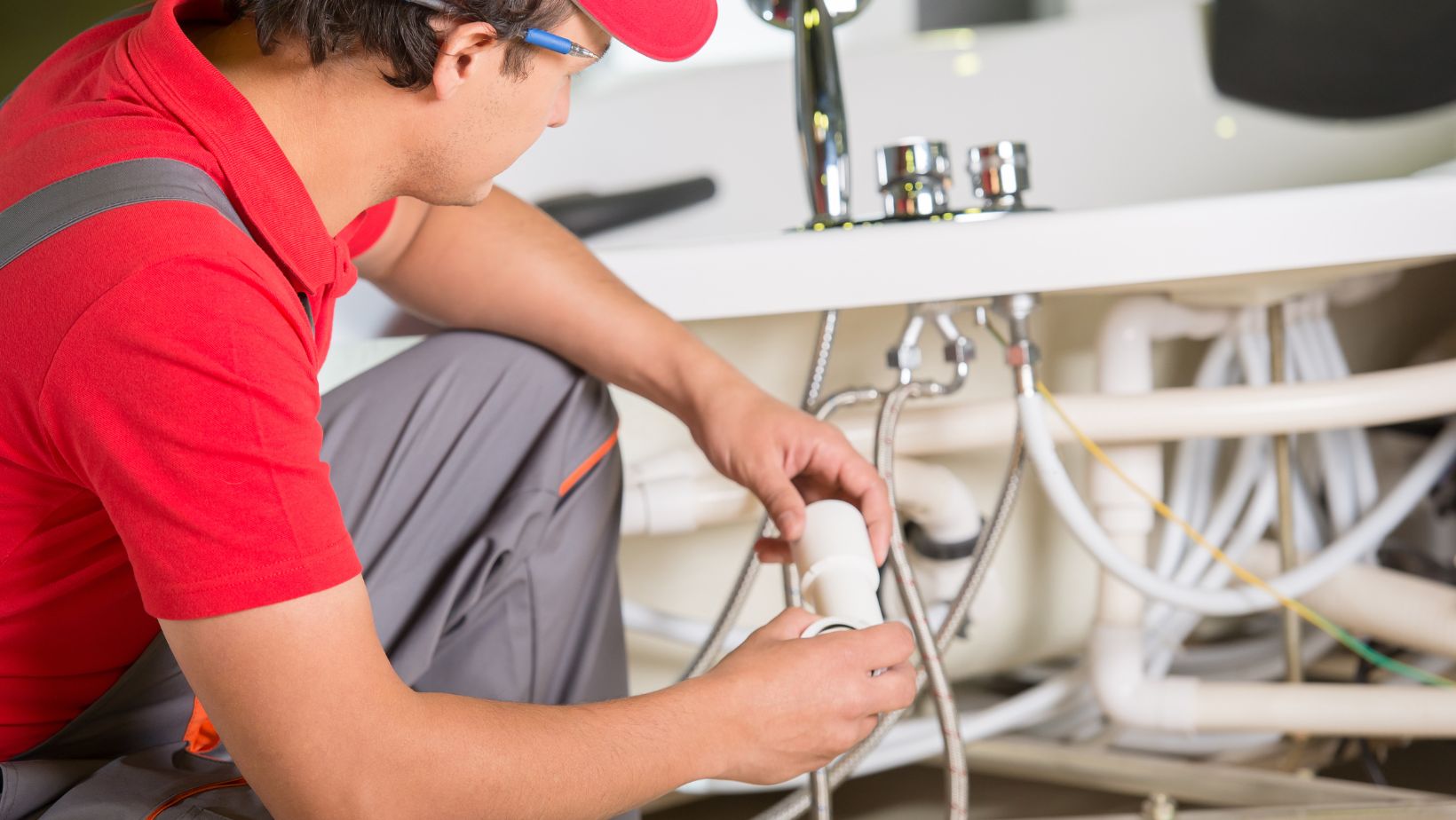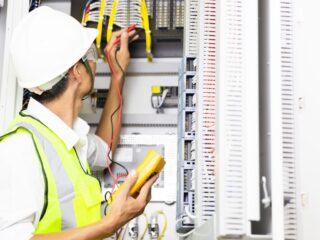
Water backflow is a common but potentially hazardous issue that affects residential plumbing systems and can have serious implications for health and safety. This problem arises when contaminated water flows in the reverse direction, seeping back into clean water supplies, often as a result of sudden changes in water pressure. Such occurrences can introduce harmful substances into drinking water, posing significant health risks to occupants, in addition to potentially causing property damage and necessitating costly repairs. Recognizing and understanding the causes of backflow is vital for homeowners to implement preventive measures and safeguard their plumbing systems. Below, we delve into the main factors responsible for water backflow in residential settings.
Cross-Connections
A cross-connection occurs when potable water supply lines come into direct contact with non-potable water sources. These connections often go unnoticed, yet they are one of the leading causes of water backflow. For example, a garden hose submerged in a pool or connected to a chemical sprayer can create a pathway for contaminants to enter your drinking water. Similarly, improperly installed sprinkler systems can inadvertently introduce pesticides or fertilizers into the home’s water supply. Cross-connections can also occur within appliances like dishwashers and washing machines. These devices rely on water pressure to function, and if the pressure drops unexpectedly, dirty water can siphon back into the clean supply. Regular maintenance and the installation of backflow prevention devices can significantly reduce the risk posed by cross-connections.
Sudden Drops in Water Pressure
Water backflow often results from a sudden drop in water pressure, a phenomenon known as back siphonage. This can happen when a fire hydrant is used in the neighborhood or when there is a major leak in the municipal water supply. A drastic decrease in pressure creates a vacuum effect, drawing water from nearby sources into the system. In residential plumbing, this pressure imbalance can introduce contaminants like bacteria, heavy metals, or chemicals into the home’s water supply. Homeowners living in areas prone to water pressure fluctuations should consider installing pressure regulators and backflow prevention valves. These devices stabilize water pressure and act as barriers, ensuring that clean water remains untainted regardless of external conditions.
Faulty or Missing Backflow Prevention Devices
Backflow prevention devices are critical components in residential plumbing systems. They act as barriers to prevent contaminated water from flowing into the potable water supply. However, if these devices are improperly installed, damaged, or altogether absent, the risk of backflow increases exponentially. Even a minor failure in these devices can compromise water quality.
For instance, a worn-out valve or a loose connection may seem inconsequential but can allow contaminants to seep into your drinking water. Routine inspections and professional testing can help ensure that backflow prevention devices function as intended. Ensure your water safety with San Diego Backflow‘s professional backflow testing services! Regular testing not only verifies the performance of these critical components but also provides peace of mind that your water remains safe and clean.
Plumbing System Wear and Tear
Aging plumbing systems are more susceptible to backflow issues. Over time, pipes, valves, and other components can corrode, weaken, or develop leaks, making it easier for contaminated water to infiltrate the system. Homes with outdated plumbing materials, such as lead or galvanized steel, are particularly vulnerable. Tree roots, ground shifts, or excessive water pressure can also damage underground pipes, leading to cross-connections or breaches that facilitate backflow. Routine maintenance is vital to identifying and addressing vulnerabilities before they escalate into major problems. Modernizing an older plumbing system with durable materials like copper or PEX piping can also reduce the likelihood of backflow and improve overall water quality.
Natural Disasters and Emergencies
Extreme weather events, such as floods or earthquakes, can wreak havoc on residential plumbing systems. Floodwaters, for example, can overwhelm municipal water supplies and lead to backflow contamination on a large scale. Similarly, seismic activity can disrupt underground water lines, creating openings for contaminants to enter. In emergency scenarios, water pressure changes are almost inevitable, increasing the risk of back siphonage.
After any natural disaster, it’s crucial to have your plumbing system inspected by professionals to ensure that no backflow events have compromised your water supply. Installing additional safeguards, such as shut-off valves and double-check assemblies, can offer extra protection in unpredictable situations.
Prevention Is Key
Water backflow is a preventable yet dangerous problem that no homeowner should ignore. By understanding the common causes, ranging from cross-connections and pressure drops to aging plumbing systems and natural disasters, you can take proactive measures to safeguard your water supply. Regular inspections, the installation of backflow prevention devices, and professional testing are all critical steps in mitigating the risks associated with backflow.
Your home’s plumbing system is more than just a network of pipes; it’s a lifeline for clean, safe water. Prioritizing its maintenance ensures not only your family’s health but also the long-term integrity of your property.














